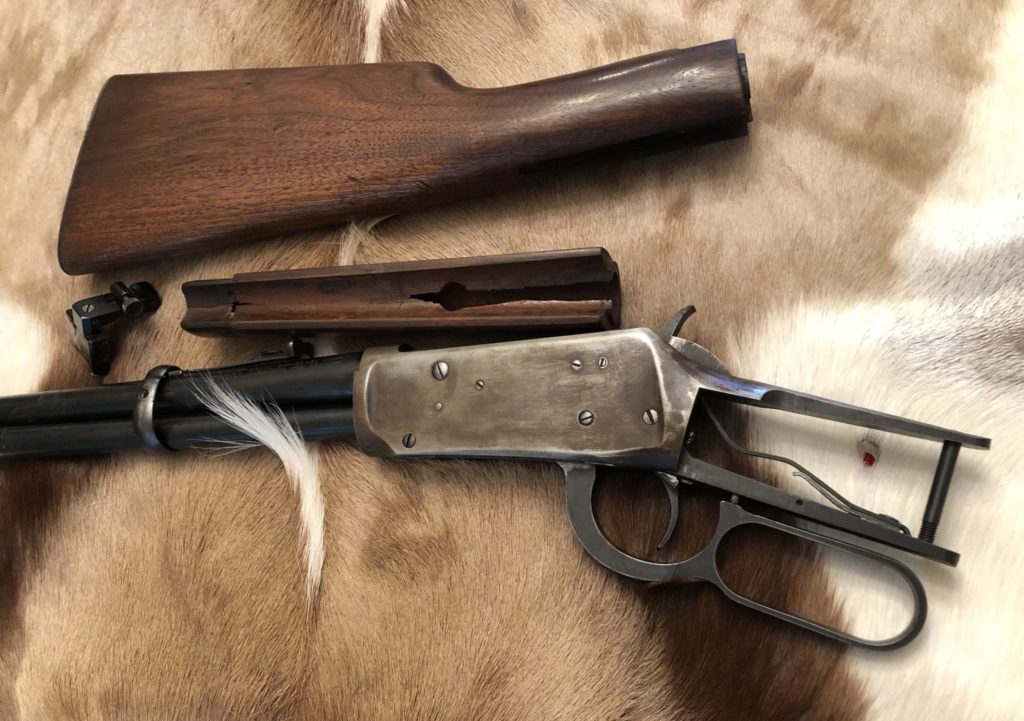With another fall season just behind us, I am already looking forward to the next hunt, whether it be next fall, this upcoming spring or even an upcoming out-of-country trip. I am very lucky that I will be travelling out of the province this spring to hunt.
Advertisement
This past fall did show me how my physical abilities have diminished over the years; the mountains seem to get higher and steeper each year. It got me thinking that years of use may also affect our equipment’s serviceability as well.
When I get new equipment, I always go over it and put it through its paces. I want to make sure if there is an issue, I find it before it has a chance to ruin a day or a complete hunting trip. I want to make sure that I can have ample time to get the situation rectified before my hunt or event, depending on the situation. That is all well and good for new equipment, but one has to also make sure the equipment that one has owned for years or decades is still serviceable. It is a lot easier to get these sorted now, well before the upcoming season is upon us. It’s the same as your vehicle, boat or quad – they all need regular service.
Advertisement

I am headed to Africa for a hunt and am planning to take some of my older rifles with me. One of my old Winchester 94s will be my primary rifle for the trip, backed up by an old bolt action Husqvarna. With the big investment of time and money (not as much as many think), I wanted to make sure that I didn’t overlook any possible issues that may arise over there.
Apparently the 94’s stock was never properly sealed when it was made back in the ‘60s, and for some reason it has managed to exist all these years here. Now, being a two-piece stock, warpage that will affect accuracy will be limited, but why risk it, I should have checked it decades ago; I assumed it was and had never checked it. I’m glad I finally did, because when I removed the forend, I discovered that it has some issues dating back to the day it was built. It was cracked or machined through from the barrel channel to the magazine tube channel. It also had open, unfinished wood that could absorb water and swell it, a whole other issue that I had to address. Finding it now really wasn’t a problem, it just made it a little longer project for me. I was glad to find it and get it fixed before it became a serious issue in the field, here in BC or abroad.
Advertisement
The buttstock also had never been sealed. With both of the pieces of wood now sealed and fitted correctly, the little rifle should be good for another 50 years or so in the field. Along with the wood, I verified all the screws and the action were in tip-top shape. Like most rifles, it shows lots of wear from being carried, but it hasn’t been fired very much. My back-up rifle, the Husqvarna, also built back in the ‘60s sometime, sees much more use and has seen better maintenance. When I took the action and barrel out of the stock, there were no issues discovered. The stock had been sealed years prior when I acquired the gun. I have taken the rifle apart numerous times over the years for cleaning and inspection after use in wet and snowy conditions. I did notice that the wood of the stock, where the action screw holes were drilled, was starting to look compressed and misshapen from being crushed from years of use. It had never given me issues, but with it being taken apart on a relatively regular basis for travel I decided to get it pillar bedded.
Pillar bedding is when the action screw holes are drilled out and oversized synthetic pillars are epoxied in place. These pillars, commonly made out of aluminum, do not compress over time and allow the barrelled action and floorplate to be torqued to the same specifications every time, allowing the barrel harmonics to remain the same, usually eliminating the need to check the rifle’s zero if it has been taken apart and re-assembled. Pillar bedding does require some precise measurement to achieve this, but nothing a serious hobbyist couldn’t do themselves. I chose to have the rifle pillar bedded by a competent gunsmith.
These two examples are just two of the endless issues that can lead to the lack of success in the field or at the range. Finding these little things that can be easily fixed before the season and before disaster in the field can ensure success. All of your hunting/shooting equipment needs to be serviced on a regular basis, regardless of what level of quality you think your gear is. “An ounce of prevention is better than a pound of cure.”